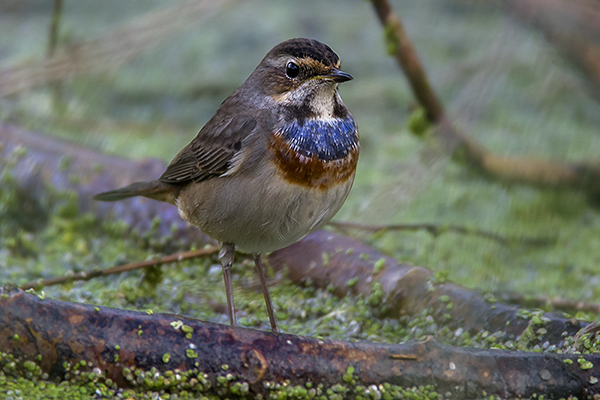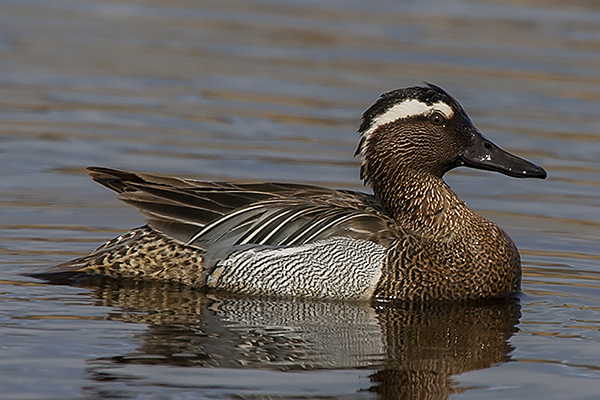The Costa Blanca Bird Club held its February meeting in the El Hondo/Santa Pola area. Just 11 members congregated at the El Hondo Visitor’s Centre under threatening skies, but we were lucky enough to be spared the rain which was forecast, and even enjoyed warm sunshine around lunchtime.
The area to the left of the entrance produced Shoveler, Purple Swamphen, with Barn Swallows and Red rumped Swallows either flying or resting in the reeds, and the slightly unusual sight of a Snipe swimming through the shallow water. Further on, several Marsh Harrier were seen overhead, together with various flocks of Glossy Ibis. Several Crested Larks were seen, and a possible Thekla Lark. Good views were had of Bluethroat, including a splendid male very close, and of a solitary Black necked Grebe, whilst several Cetti’s Warblers sang. Five Raptors were seen high overhead, all thought to be Booted Eagles, including one Dark Phase. An Alpine Swift was seen overhead, and some members were lucky enough to see a Dartford Warbler. The second hide produced a pair of Garganey, and another birder told us of a Spotted Crake near the Visitor Centre, but we did not get to see it.
We moved on to the towers at Lo Chicharra, but there was no sign of the Spotted Eagle and very little activity despite some water in the pool.
We pressed on to the Palm farm track, with a Green Sandpiper flying up from the channel, a Kestrel, at least one Booted Eagle, and four Buzzards. We drove past the old monastery without stopping, but saw another Kestrel fly in and perch.
Lunch was taken at Tanos in Santa Pola, and we then took the coast road under the lighthouse, which produced a single Audouin’s Gull. The Clot de Galvany proved fairly productive, with more good views of Snipe, a Chaffinch flitting over the water, and excellent views of a Grey Wagtail. A white-fronted shrike led to speculation that it might be a Great Grey Shrike at the southern extremity of its range, but research on Google suggested it was most probably an Iberian Grey Shrike, either a juvenile, or an adult out of the breeding season, which can show a very pale colouration.
Our thanks were due to Greta and Paul for leading the trip, which produced the splendid total of some 50 species, also to Mary who had helped in the recce and organization but was unable to be present on the day.
Species list – Alpine Swift, Audouin’s Gull, Avocet, Barn Swallow, Black necked Grebe, Black Restart, Black winged Stilt, Blackbird, Bluethroat, Booted Eagle, Cattle Egret, Cetti’s Warbler, Chaffinch, Chiffchaff, Collared Dove, Buzzard, Kestrel, Common Pochard, Shelduck, Common Snipe, Teal, Cormorant, Crag Martin, Crested Lark, Dartford Warbler, Coot, Hoopoe, Garganey, Glossy Ibis, Greater Flamingo, Green Sandpiper, Grey Heron, Grey Wagtail, House Sparrow, Iberian Grey Shrike, Little Grebe, Little Owl, Magpie, Mallard, Marsh Harrier, Moorhen, Purple Swamphen, Red Crested Pochard, Red rumped Swallow, Sardinian Warbler, Shoveler, White Wagtail, Woodpigeon, Yellow legged Gull, Zitting Cisticola.

